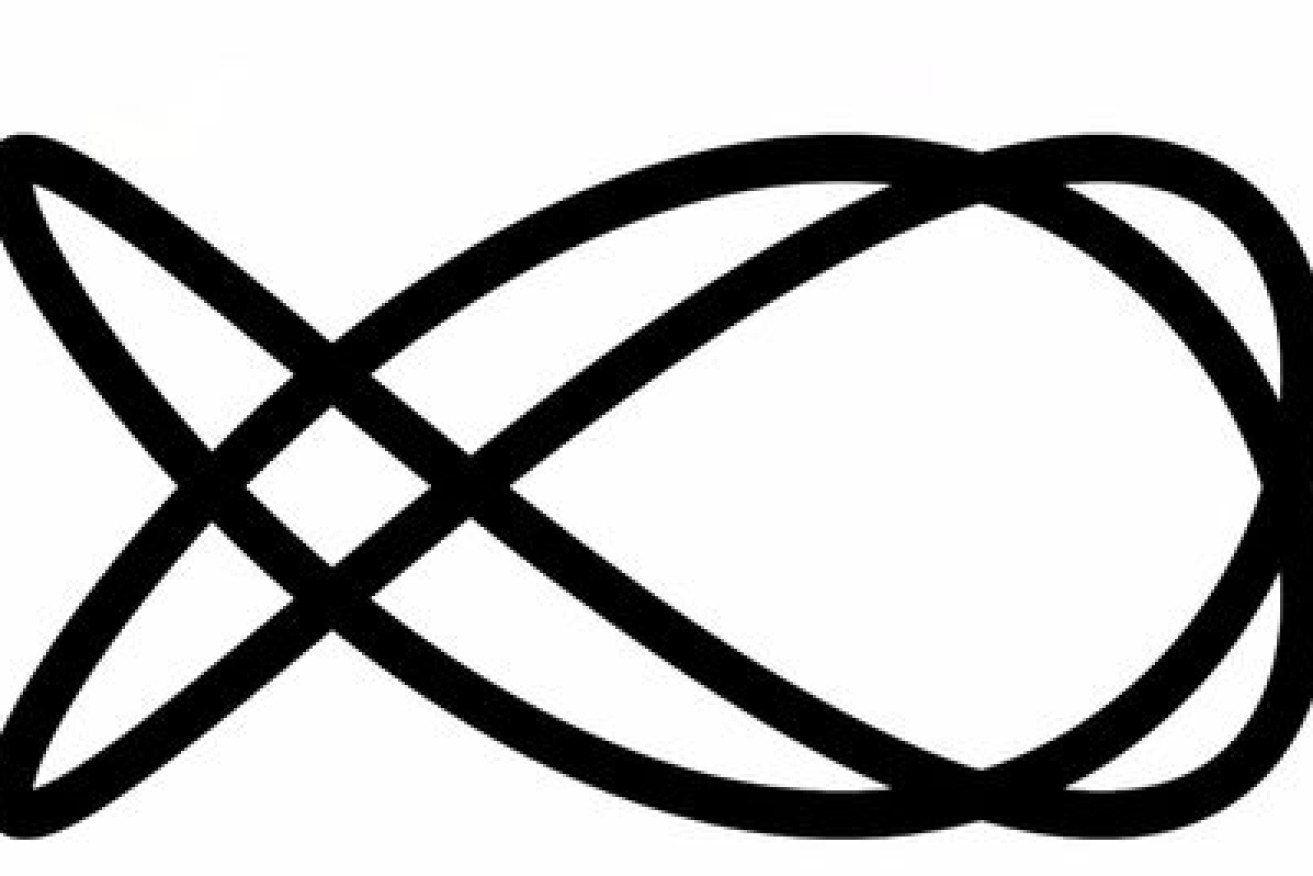Forget the heat – this optical illusion will melt your brain


These unassuming curved lines are making people question everything they thought they knew. Photo: Frank Force
Remember Magic Eye books from when you were a child? Prepare to have any associated happy memories smashed.
The best optical illusion of the year has been announced, and it’s a doozy.
It’s just a couple of lines spinning around, right? Nothing to see here. It kind of looks like the ABC logo.
Then it happens.
To quote YouTube user Tobleronebear2: “Brain: Aight Imma Head Out.”
The evil genius behind Dual Axis Illusion is Frank Force (great name) from Texas in the US.
A game designer, coder and more, Force explained how his creation works.
“The underlying math equations to form this [illusion] are themselves ambiguous in terms of rotation, so it is interesting how our mind is unable to deal with this and settles into a picture about what direction and axis it is rotating,” Force told Scientific American.
“Also, our mind pictures it as a 3D object while there is nothing actually happening that is 3D.
I just released an interactive version of the Best Illusion of the 2019, the Dual Axis Rotation Illusion with open source code.https://t.co/3DjsQRLI3j
Thank you to the contest organizers and other participants!#javascript #programming #illusion @IllusionContest
— Frank Force 🌻 (@KilledByAPixel) December 14, 2019
“It shows that things can be perceived in different ways and to truly understand we must look deeper.”
Force said the illusion developed when he stumbled across the Lissajous curve.
He said he noticed by accident that the curve appeared to rotate on horizontal and vertical axes.
As if parametric equations aren’t brain-hurty enough already, he animated it.
It’s bending minds across the world, and has racked up 1.2 million-plus views on YouTube.
- Related story: Laurel or Yanny? What we heard from the experts
Force took out top slot in the 15th annual Best Illusion of the Year Contest, an achievement bestowed from a public vote, orchestrated by the Neural Correlate Society.
In second place was Change the Colour by Haruaki Fukuda, from the University of Tokyo.
His illusion shows how your brain’s perception of motion or direction affects what colour we see.
“Colour mixture is arbitrary,” he says as he drops the mic and walks away.
Rounding out the top three was The Rotating Circles Illusion, a team effort by Ryan E.B. Mruczek and Gideon Paul Caplovitz, which will make you question if the ground you’re standing on is actually real.
“The Rotating Circles Illusion demonstrates the relative nature of perception. An object’s attributes – here, its motion – are often perceived relative to the attributes of nearby objects,” the duo told Scientific American.
“Thus, to understand how our brain construct our experience of a moving object, we must also understand the context in which the object is moving.
“The strong influence of motion in generating interactions between different objects, as demonstrated in the Rotating Circles Illusion, is likely to come into play in many everyday situations, such as judging the speed and trajectory of a person or vehicle.”
Goodbye.









